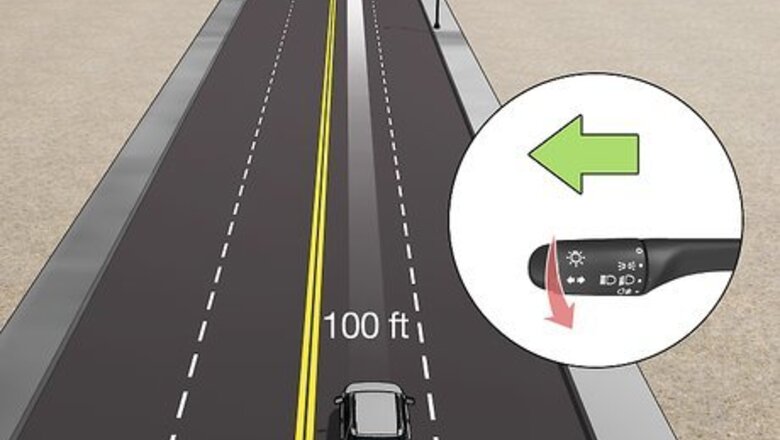
views
Approaching the Turn
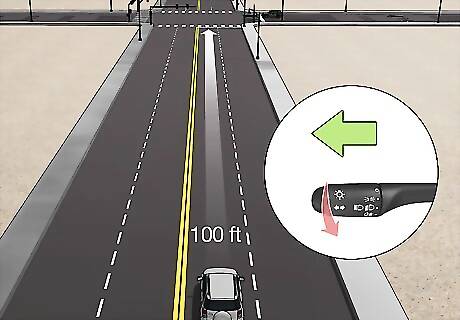
Put on your left turn signal 100 feet (30 m) from the turn. As you approach the turn, push the lever on the left side of your steering wheel down to put on the turn signal. This will let everyone around you know that you plan to make a left turn so they’re prepared to slow down or stop. Use your turn signal anytime you plan to turn to help avoid an accident.
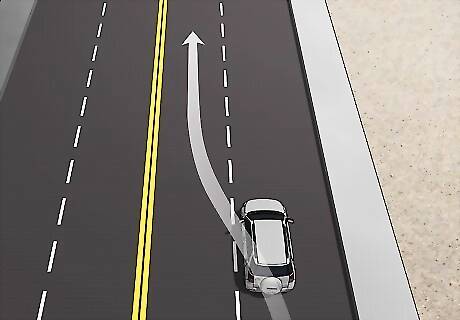
Move into the left lane if you’re on a road with 2 lanes. If you’re traveling on a road that has 2 lanes in the same direction, turn on your turn signal and move into the left lane so you can safely make your turn. If there’s another vehicle in the lane next to you, slow down a little bit and let them get ahead of you before you change lanes so you don’t cut them off. Never make a left turn from the right lane of a road with 2 lanes or you could cause an accident.

Slow down as you approach the turn. Stop pressing on the gas pedal so your vehicle starts coasting and slowing down. Press your foot on the brake pedal as you get closer to the turn so you’re able to turn easily and safely. Shift into neutral gear if your vehicle has a standard transmission, also known as a stick shift.

Enter the designated left turn lane if there is one. Some intersections have a lane dedicated to making left turns. If there is one, use your turn signal and move into the lane. Keep your left turn signal on while you wait at a stop sign or red light.
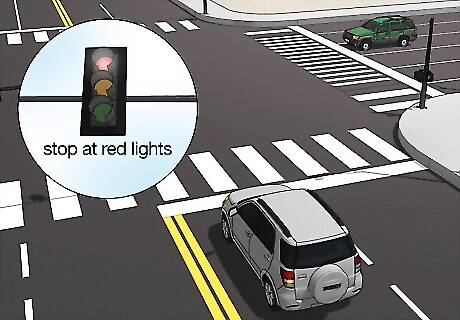
Come to a complete stop at red lights and stop signs. Many intersections have a stop sign posted or a light system. Bring your vehicle to a complete stop at a stop sign. If the light is red, come to a complete stop before the crosswalk. Come to a complete stop at a stop sign, even if there aren’t any other cars around.
Completing the Turn

Look both ways and make sure there isn’t oncoming traffic. Before you start to make your turn, make sure the area is safe by looking for oncoming traffic and any pedestrians that may be crossing the street. If there’s an oncoming vehicle, wait for them to pass before you try to turn. Some intersections may prohibit a left turn, so look for a sign with an arrow pointing left in a circle with a line through it. If there is one, then don’t attempt to turn left.
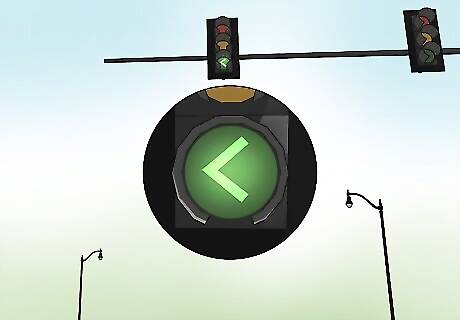
Wait for the traffic light to turn green, if there is one. Make sure the light has changed before you start moving forward into the intersection. Some intersections may have a traffic light with a green arrow and a green light. If there’s a green light and an arrow on, then it’s safe for you to move into the intersection.

Yield to pedestrians and oncoming vehicles if there are any. If you don’t have a green light with a green arrow, then oncoming traffic and pedestrians have the right of way when you’re making a left turn. That means you have to allow them to pass before you go. You can cause an accident or an injury by failing to yield. If you cross in front of oncoming traffic, you could face a fine.

Move to the middle of the intersection. Begin your left turn by moving to the middle of the intersection so you have enough room to turn easily and safely. Keep your turn indicator on as you travel to the center so everyone knows you plan to turn. Approach the middle of the intersection slowly.
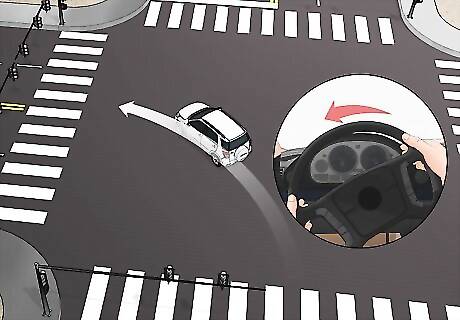
Start turning the steering wheel to the left as you slowly speed up. With both hands on the steering wheel, start turning by slowly turning the wheel to the left. Press your foot gently on the gas pedal to move your vehicle into the turn. If you’re turning onto a road with 2 lanes heading in 1 direction, aim for the left lane. Never make a left turn into the right lane of a road with 2 lanes.
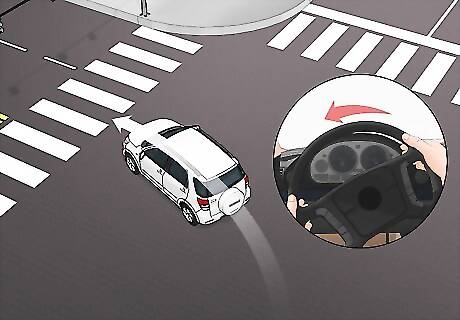
Keep turning the wheel at a consistent speed to make a smooth turn. Continue rotating the steering wheel at the same speed as you drive further into the turn. Make small adjustments with the steering wheel to keep your turn smooth and consistent. Jerky movements could cause you to veer off into another lane.
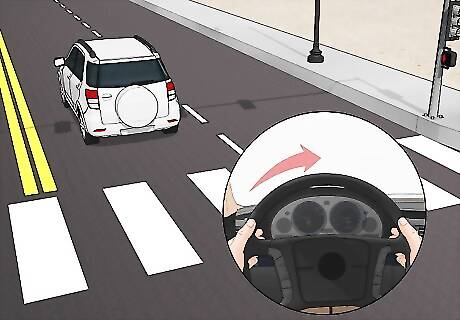
Straighten the wheel as you complete the turn. Use your hands to begin turning the wheel slowly to the right to begin straightening out your vehicle. Once you complete the turn, make sure the steering wheel is back to its original position so you’re able to drive straight down the road. After you complete your turn, you can start speeding back up and continuing down the road.

















Comments
0 comment